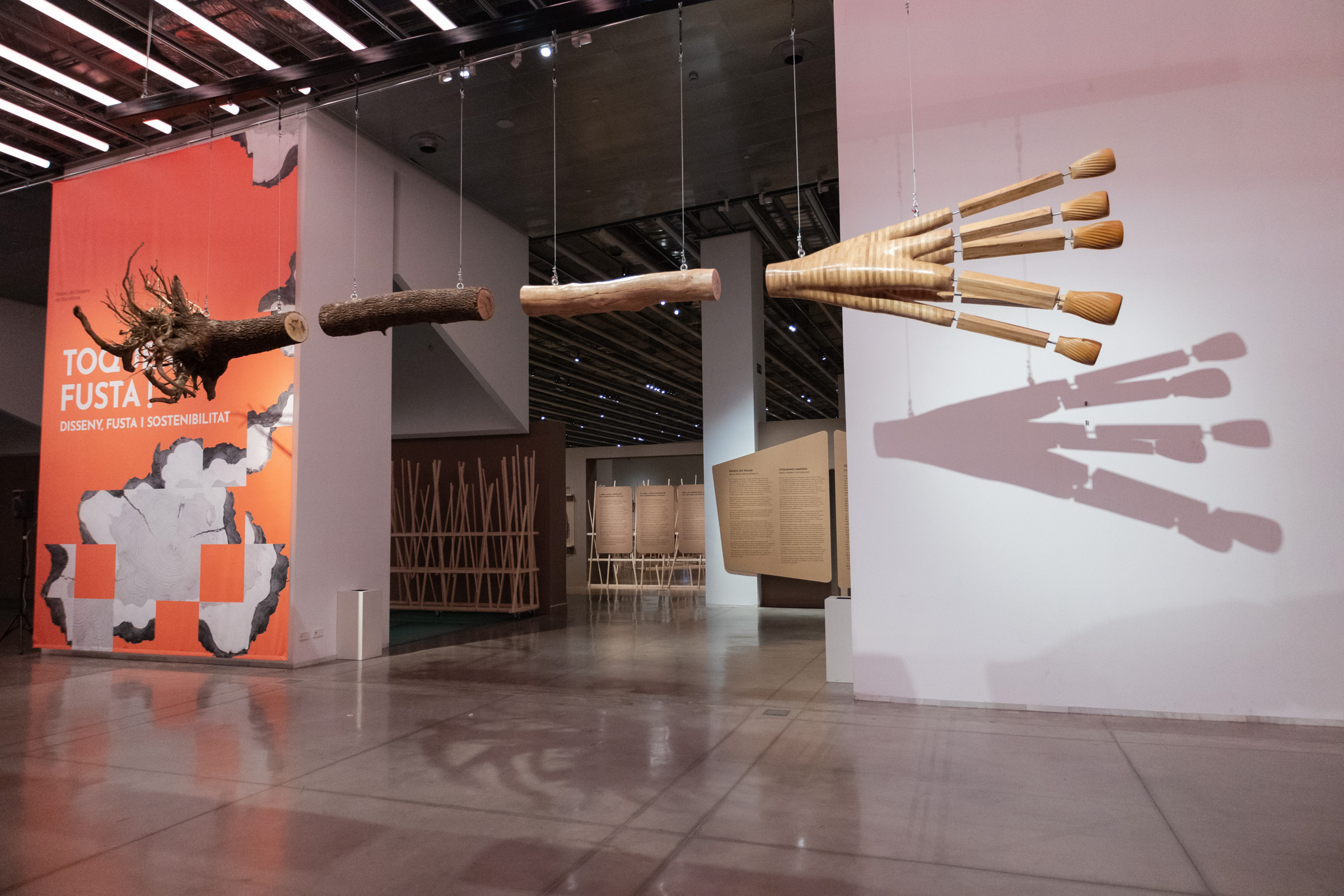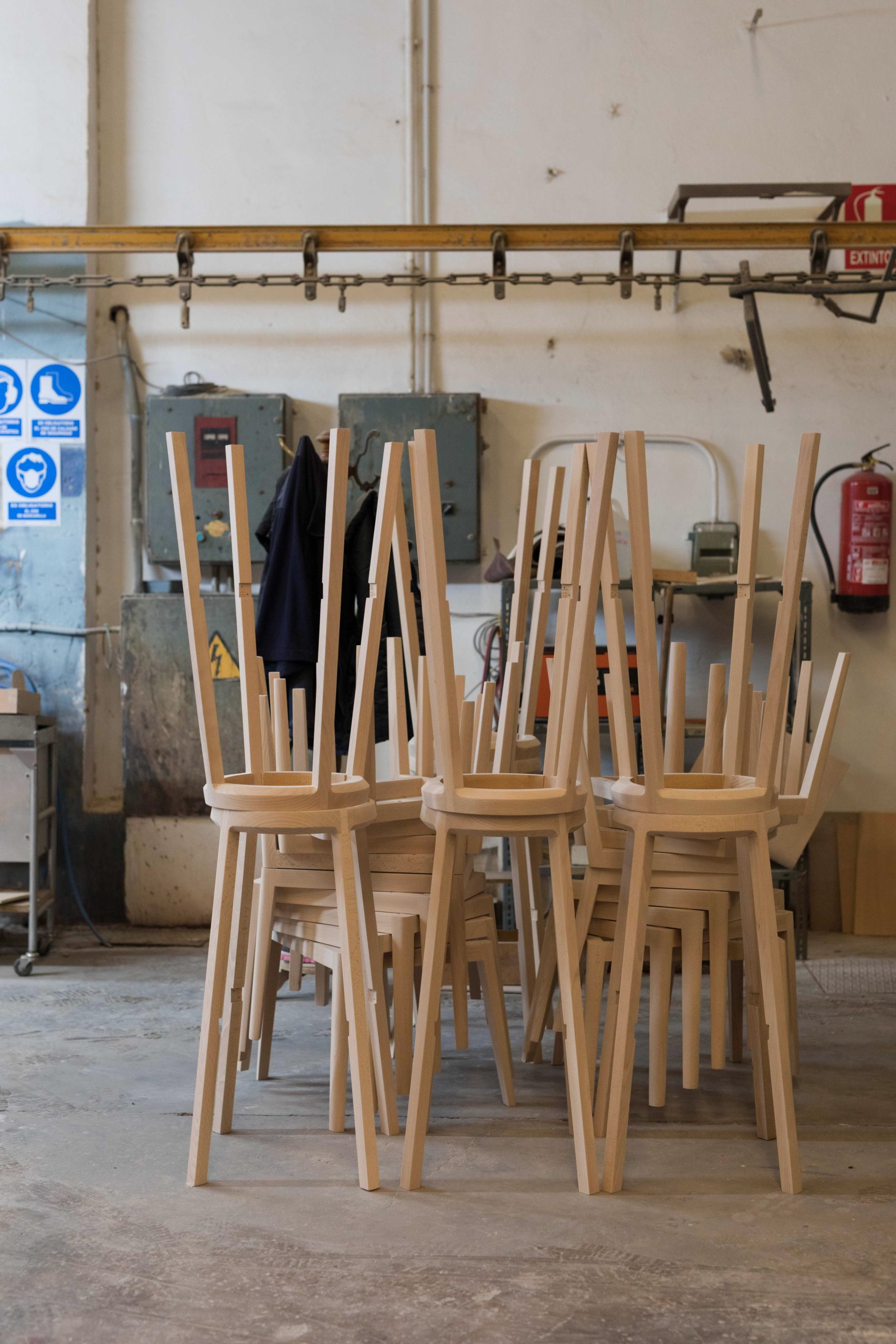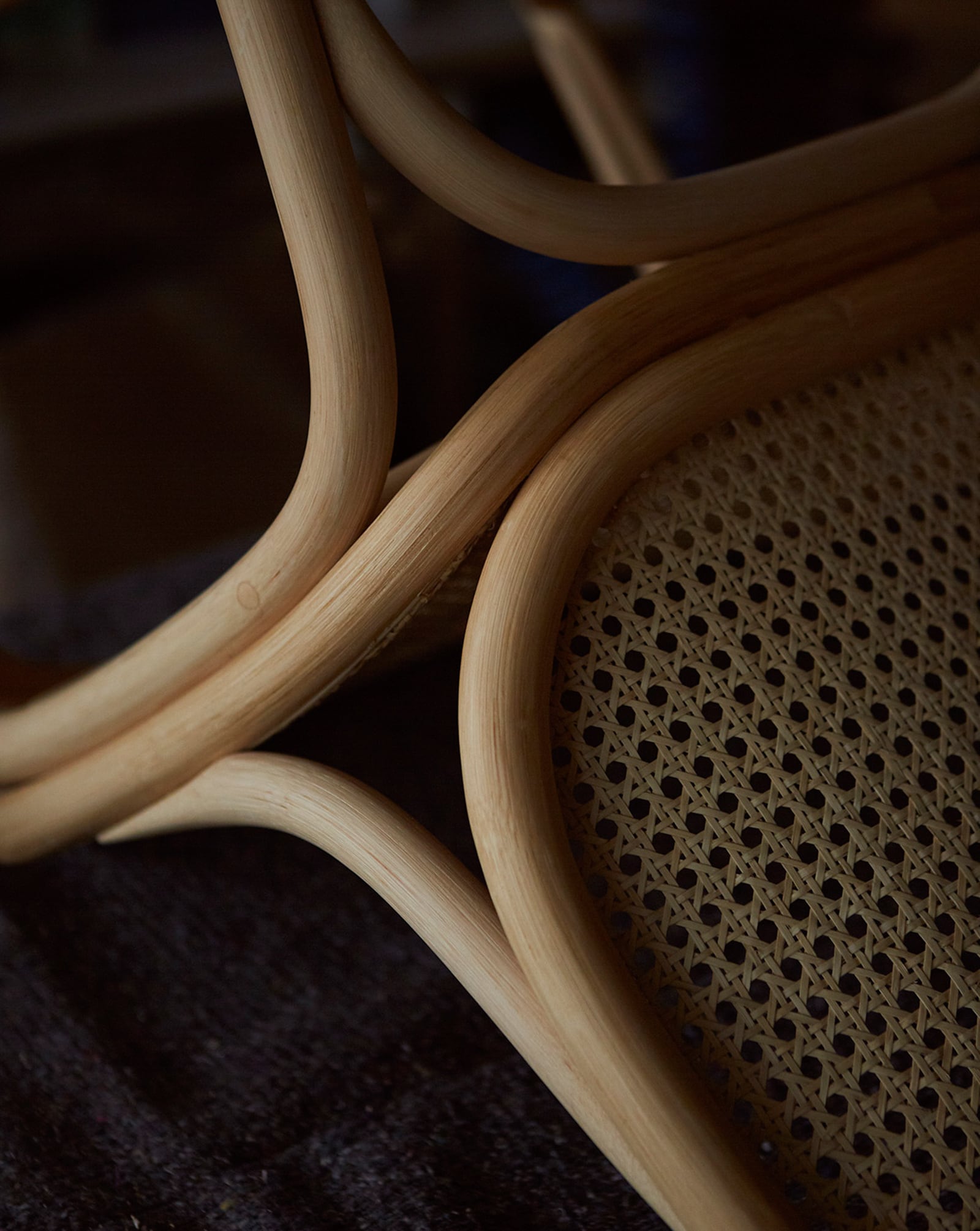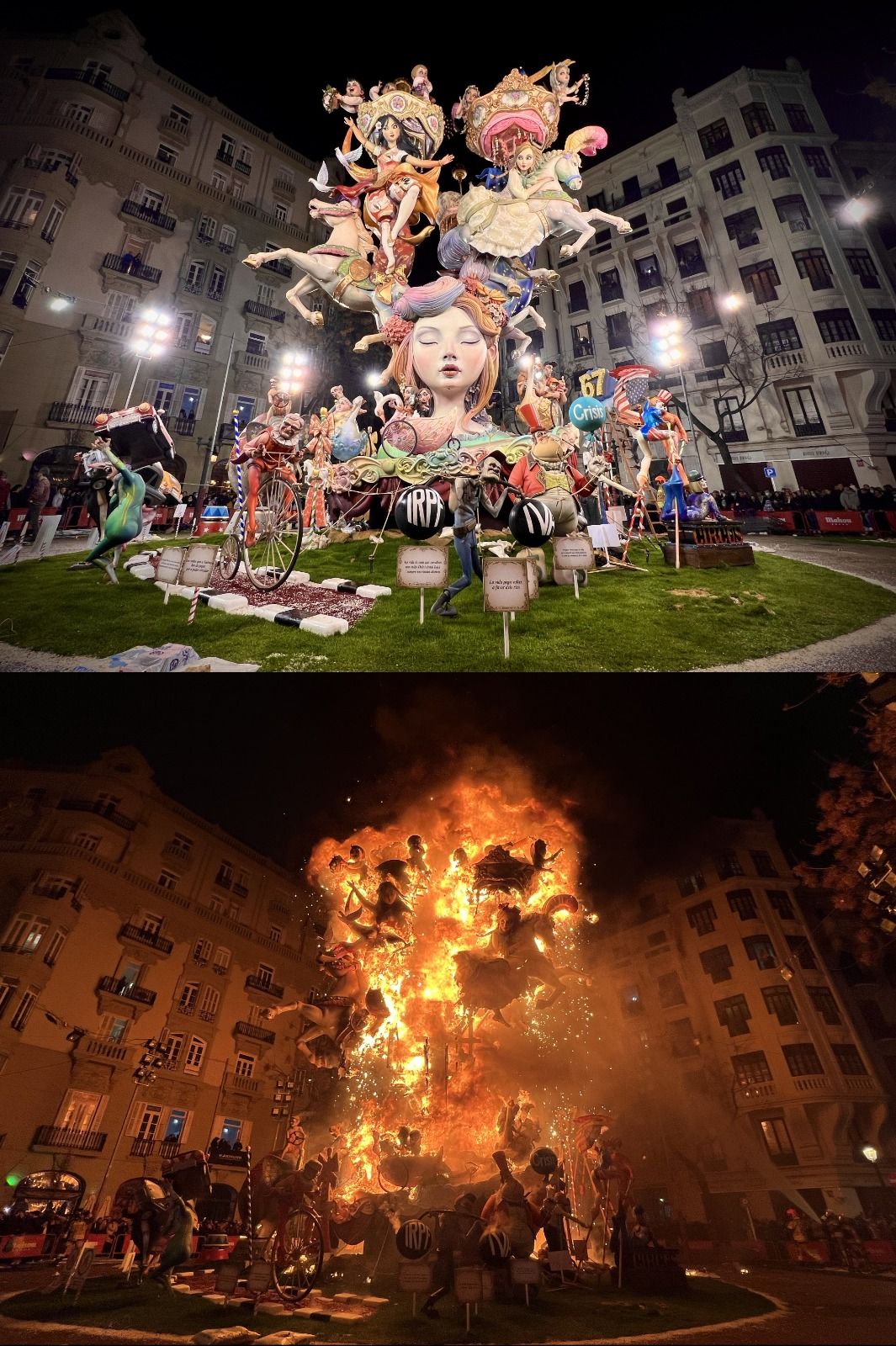Santiago Castaño founded Sancal in 1973 as a way to ‘prevent exploitation’. The company was created during the exhilarating days of Spain’s burgeoning transition to democracy. Sancal grew close to the design community and under Castaño’s direction, many of its most popular designs were conceived. Today, this pioneering Spanish brand has crafted an extensive collection of original, colourful, enduring, and transformative products. Alongside collaborations with a who’s who of designers and artists—including Toyo Ito, Karim Rashid, Note Design Studio, Sebastian Herkner, and Luca Nichetto to name a few—Sancal’s own creative department, Estudio Sancal, develops a variety of products and projects.
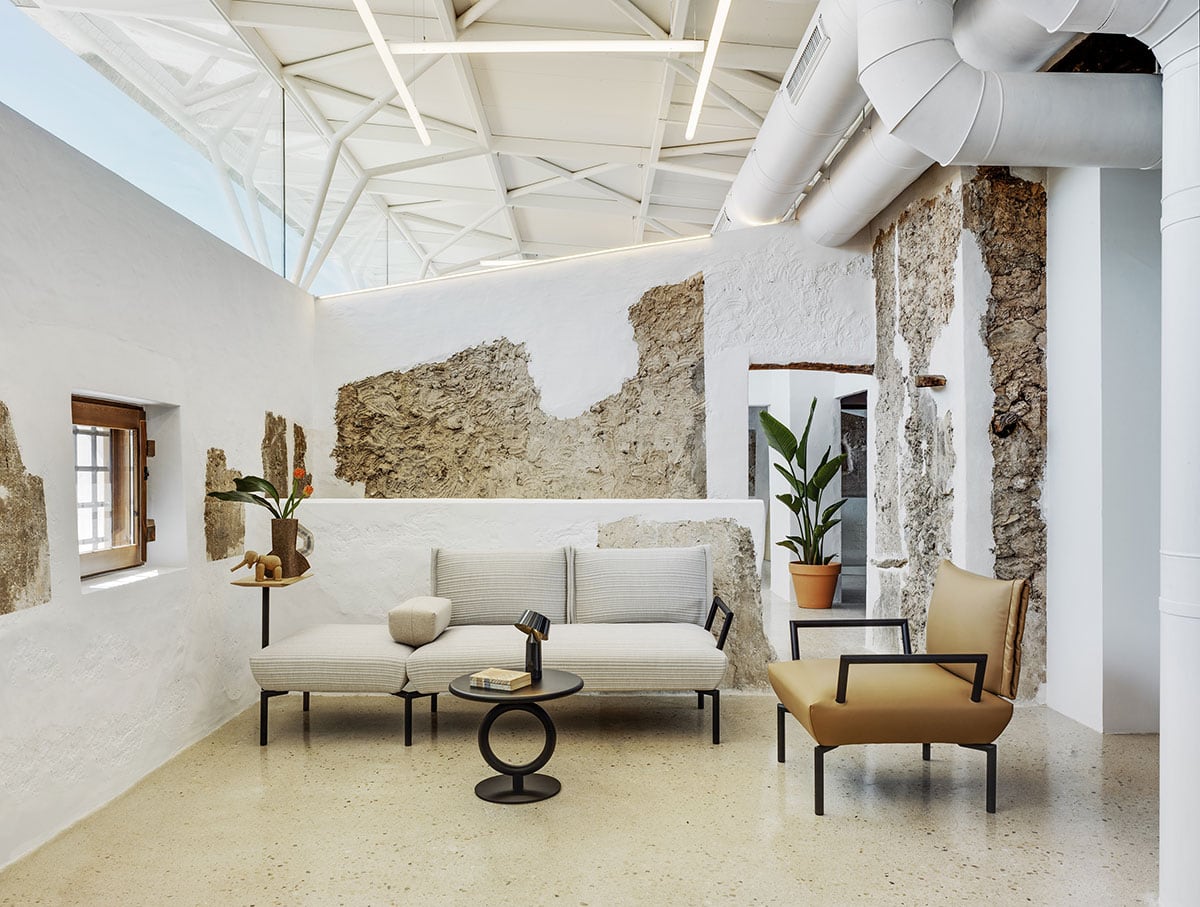
Click, designed by Estudio Sancal, is Sancal‘s first ‘flat-pack’ sofa.
At Sancal, every one of its products are made in Spain, underpinned by a strong connection to nature and Mediterranean culture. Traditionally, Sancal has always been a nonconformist company, breaking with that which is established and working to create a happier world. Here, tradition goes hand in hand with transition. As such, the second generation of Sancal, Esther and Elena Castaño, are continuing the work and ethos of their father Santiago.
In the first of a new series of interviews with Spanish companies very much admired at LZF, we talk with Sancal CEO Esther Castaño (EC) about her thoughts on tradition and transition.
Sancal’s motto is ‘Smile, break the mold and be happy!’ Please say more about this.
(EC) Business is dominated by ‘suits’, who take life too seriously. At Sancal, we chose a motto that pushed us to break old business rules. We believe that aiming to bring a little happiness to the world, or simply to smile, can be revolutionary acts.
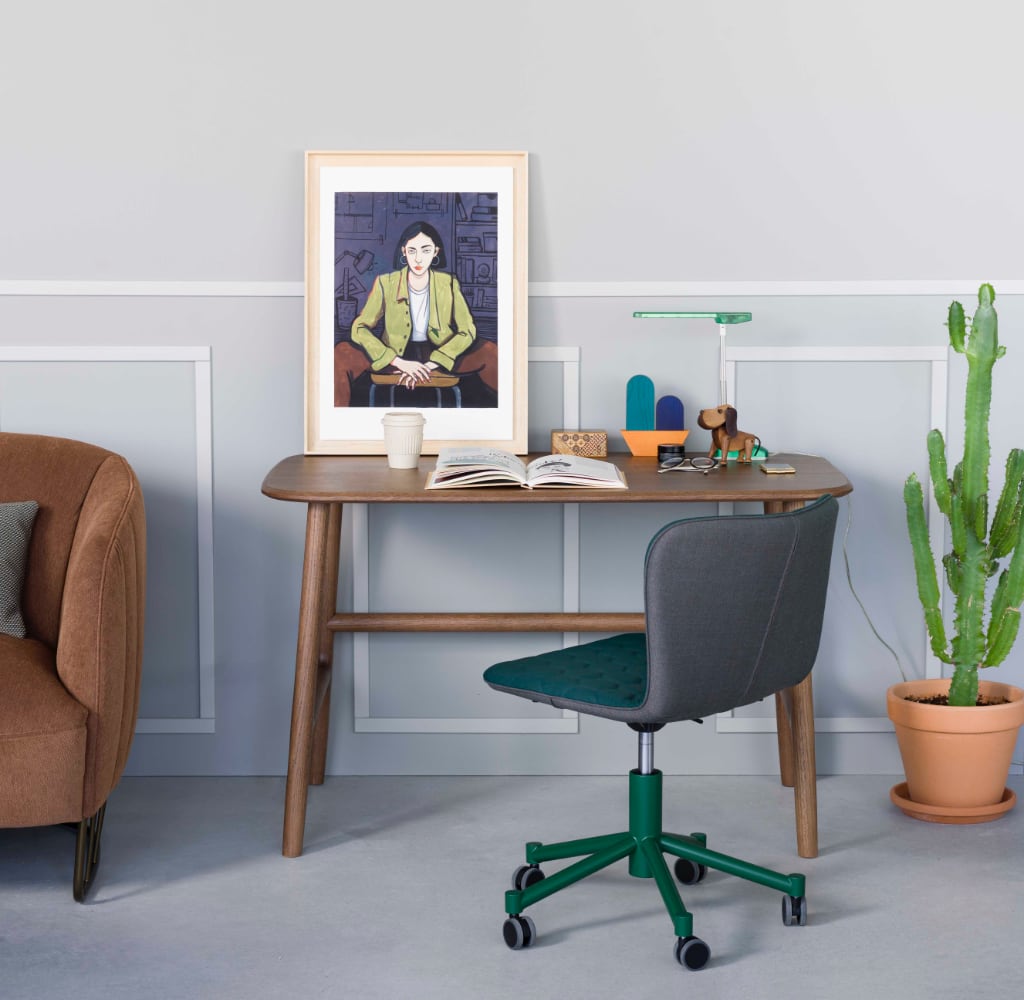
One of Sancal’s quirky home office moods, featuring the Nudo desk designed by Juan Ibáñez and Tea swivel chair designed by estudi{H}ac.
For Sancal, design is a constant search for new ways of doing things. Of course we want to have fun with our endeavours and we take our pleasure seriously, as Charles and Ray Eames once said.
Sancal works with an eclectic roster of designers, fresh and seasoned, from Spain and beyond. What do you look for in a design collaboration?
(EC) We look for new points of view. Sancal is a part of the design community. We understand the many struggles that creative people face when trying to bring a project to life—we want them to know that we are there for them.
Once we have a clear idea—a brief—on bringing something new to market, we select a designer who can offer a fresh angle. The ensuing design process, involving conversations and prototypes, can last for years: until we are all happy with the end result.
For Sancal, these collaborations help us to learn and make new friends. It’s another way to humanise business.
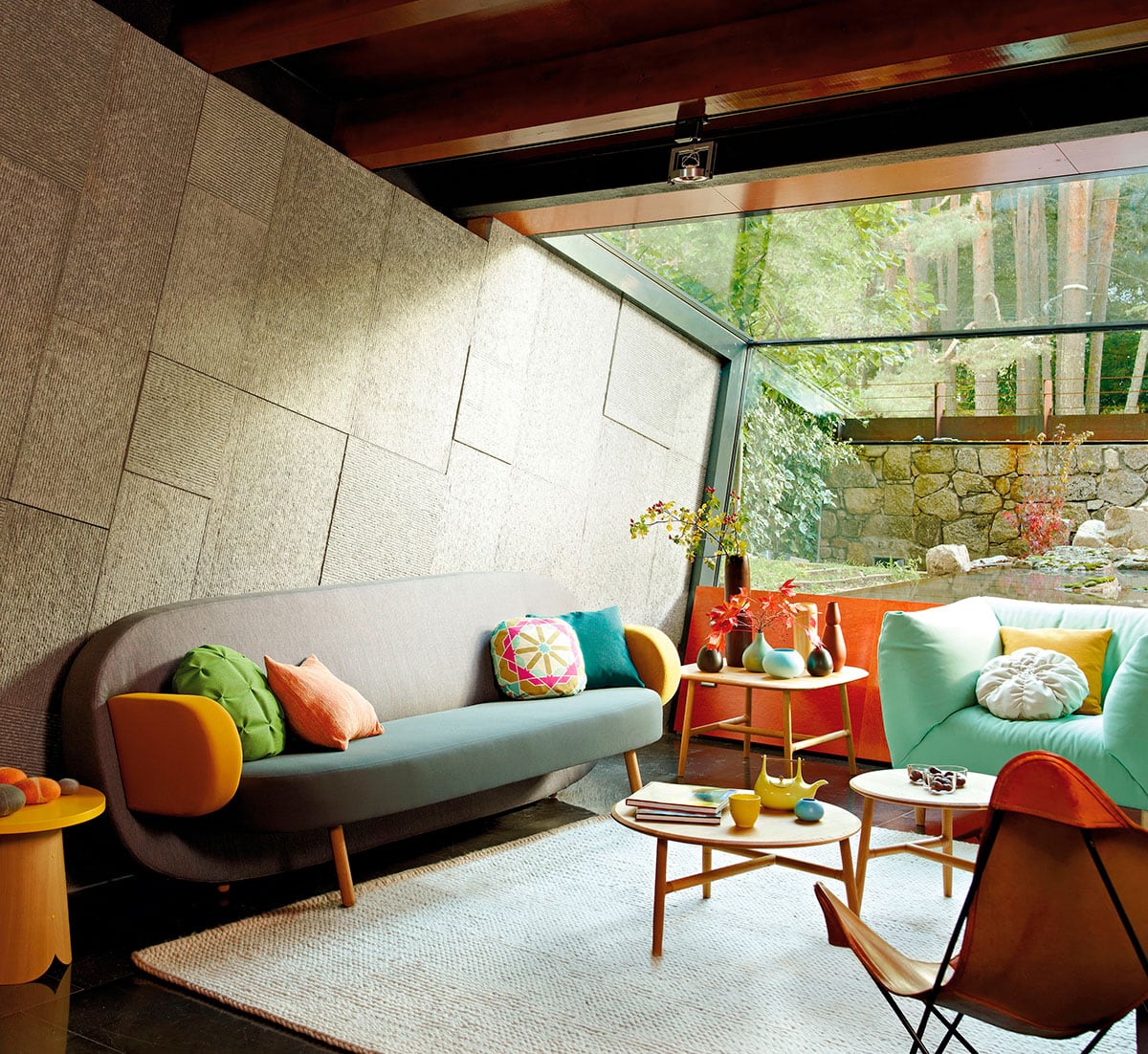
Float sofa designed by Karim Rashid.
Innovation, simplicity, closeness, and creativity are words that underpin Sancal’s design language. How does this then translate into ensuring design is environmentally sustainable?
(EC) Although it might seem to be a contradiction, striving to produce products that appear almost effortless are actually the most complex. This is also true of our environmental plan.
As a family company, our concern for the environment goes beyond greenwashing. We have numerous initiatives to help minimise our environmental impact:
Both of Sancal’s factories (based in Yecla, Spain) are solar-powered.
We source virtually all of our raw materials locally. We use the most environmentally friendly materials available, such as wood from ethically managed forests. Any leftover materials that can be recycled are recycled, including foam and fabric cuttings.
Water-based solvents and adhesives are used in our products, and we test the products for chemical emissions in independent laboratories. By collaborating with technological institutes, we take part in R&D&I [Research, Development, and Innovation] projects. For example, we are currently working with CETEM [a Technology and Innovation Centre in the Region of Murcia] to find a way to recycle plastic materials.
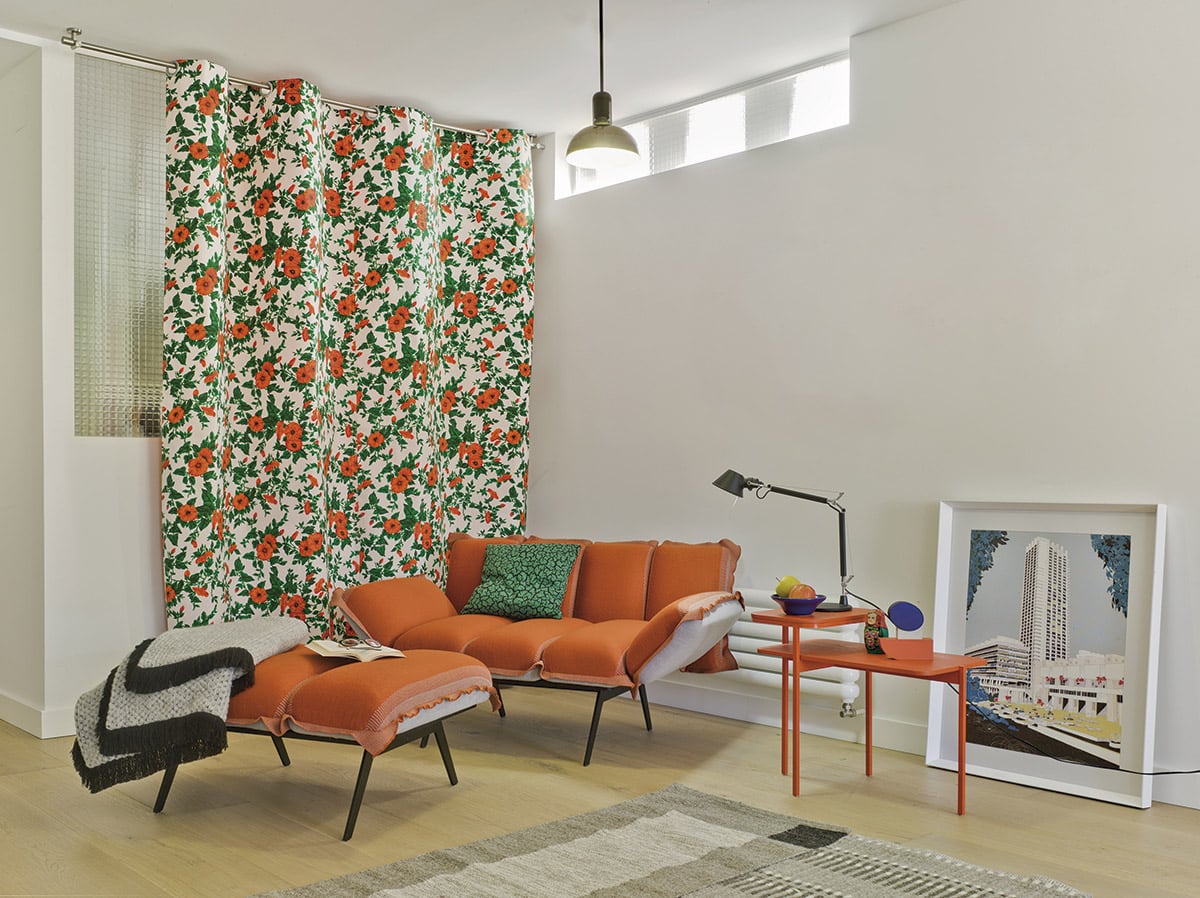
The Next Stop armchair designed by Luca Nichetto, with the Zero fabric, was inspired by Turati station on the Milan Metro’s M3 line.
Design has an important role to play in environmental sustainability. For instance, one of our products, ‘Next Stop’ designed by Luca Nichetto, features the ‘Zero’ fabric. Designed by Marie-Louise Rosholm, Zero uses a revolutionary manufacturing technique to produce no waste.
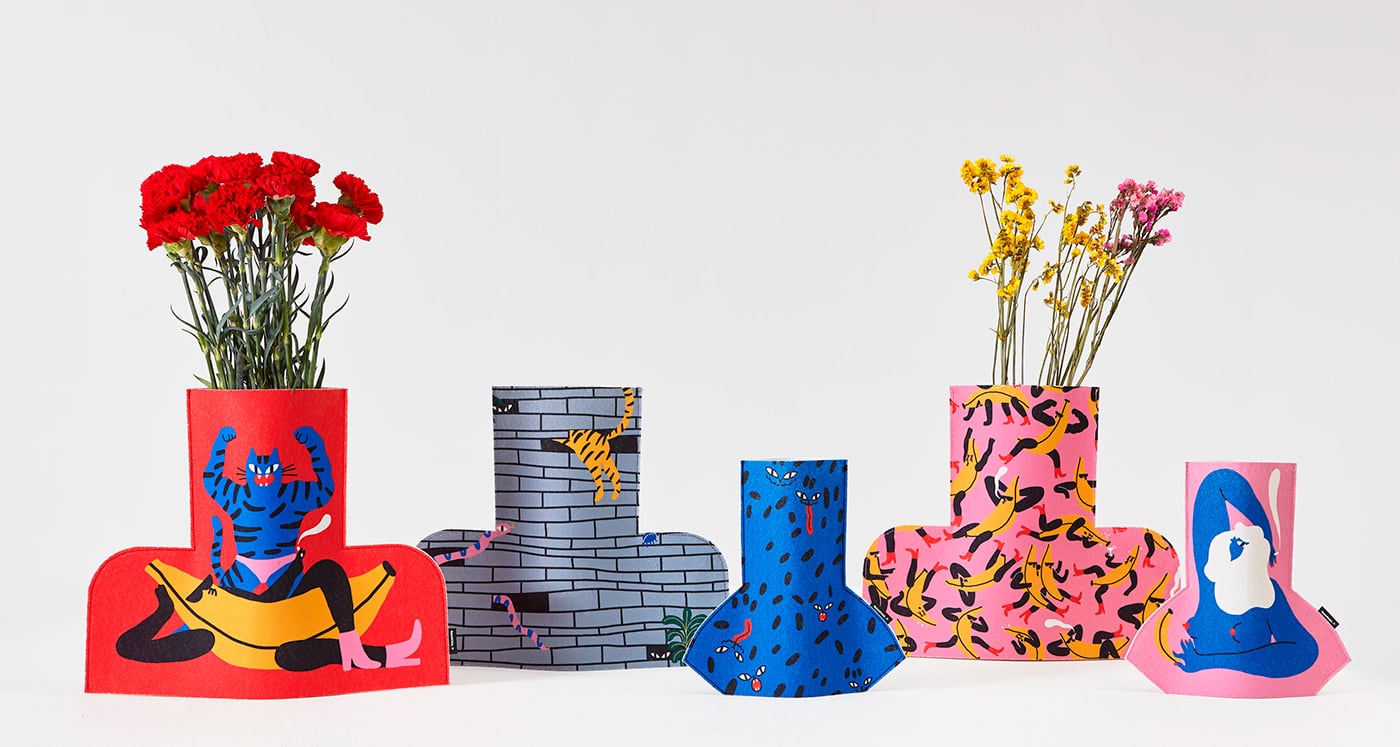
Flower Power is a series of vases designed by Estudio Sancal and illustrated by Egle Zvirblyte. The textile vases are made from plastic bottles.
Without a doubt, the best way to be respectful to the environment is to manufacture products that last. Our upholstery structures were some of the first in the industry to boast a 10-year warranty.
Can you describe your transition from a company founded on tradition to the modern and dynamic company that Sancal is today?
(EC) Sancal has been a nonconformist company from the outset. My father, Santiago Castaño, started the company in order to stop the exploitation that he saw around him. He used the classical principles of design—where form follows function—to inform his decisions in product development. Today, I run the company from a postmodern point of view: emotions are part of the functionality of the products, and the well-being of employees, consumers, and collaborators remains paramount.

DB sofa by Santiago Castaño. DB is an acronym for ‘Diamante en Bruto’ (rough diamond).
Compared with other design nations—Denmark, Sweden, and Italy to name a few—Spain is perhaps less forthcoming about its design credentials. How would you describe Spanish design in the 21st century?
(EC) I don’t believe in labelling design by region. The Bauhaus and other precursors of industrial design had an international outlook, becoming even more pronounced today. That said, there is a place for countries to support their creative industries. Italy and Denmark have been doing just that for decades, to great effect. While cultural preferences exist in terms of colour and materials, I believe in a fusion of styles as an overarching trend: a reflection of the times in which we live.
In the 20th century, design was obsessed by mass manufacturing and new techniques. In this century, it is much more people-centric. Well-being is prioritised, both in terms of what we can see—beauty—and what we cannot—environmental concerns and the use of toxic chemicals.
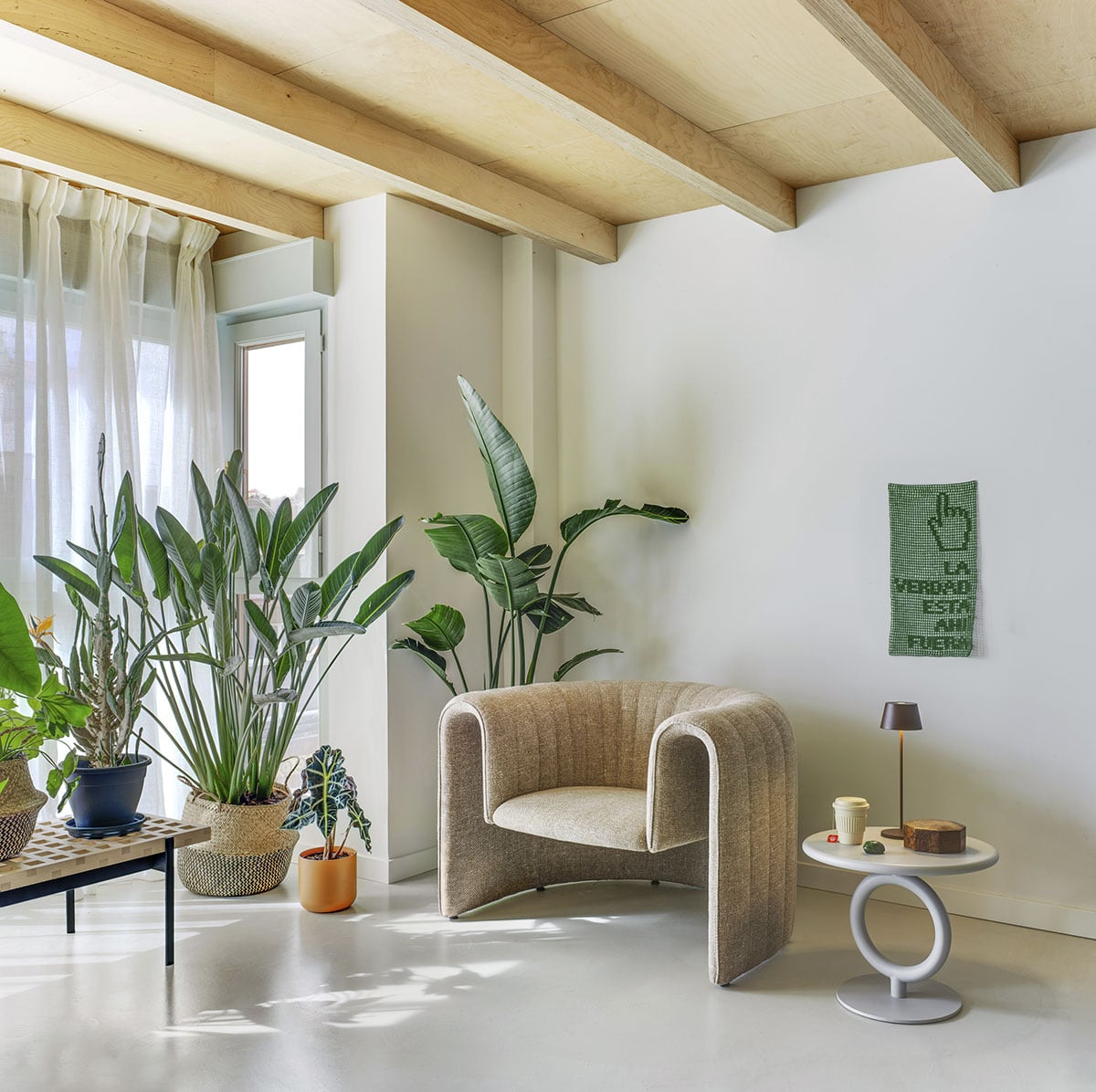
The Remnant lounge chair by Note Design Studio is part of Sancal’s eclectic Museo collection: ‘Design is not art but it can be artistic.’
In the end we experience the world through our emotions. Where 20th century design sometimes repressed the human experience in favour of functionality, 21st century design seeks to create an emotional response between humans and their surroundings.
What advice would you give to a new design company who wishes to ‘break the mold’, but might be unsure about where to start?
(EC) Be brave and look to the unlimited possibilities offered by the future instead of re-editing the past. That said, always keep your feet firmly on the ground.
Icons is a series of wonderfully whimsical and decorative ornaments designed by David Geckeler and Frank Michels. The Cheeseburger icon is pictured.
All images © Sancal Diseño, S.L.
About Tradition and Transition
Tradition and transition is a series of interviews with Spanish design companies very much admired here at LZF. In this series, we explore how traditional ways of working harmonise with transition, change, and innovation. Similar to LZF, we’re keen to learn more about those companies founded on the basis of tradition and their subsequent transition to modern, dynamic businesses.

